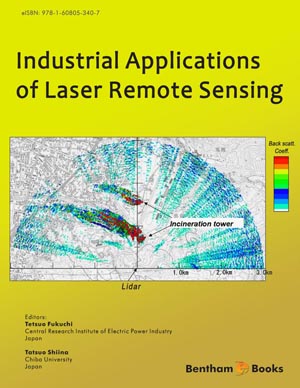Abstract
SHS investigation development is considered from the geographical and historical viewpoint. 3 stages are described. Within Stage 1 the work was carried out in the Department of the Institute of Chemical Physics in Chernogolovka where the scientific discovery had been made. At Stage 2 the interest to SHS arose in different cities and towns of the former USSR. Within Stage 3 SHS entered the international scene. Now SHS processes and products are being studied in more than 50 countries.
Abstract
Laser-induced breakdown spectroscopy (LIBS) is attractive for fast, on-site, and remote measurement of trace elements with high spatial resolution. The measurement of chlorine concentration in concrete, which can be useful for the evaluation of durability of reinforced concrete structures, was performed with a sensitivity of better than 0.18 kg/m3, which is below the threshold chlorine concentration of 0.6 kg/m3 at which the reinforcing bars in concrete structures start to corrode. In addition, ultrashort laser pulses have several advantages for application to LIBS. The propagation of an ultrashort high-intensity laser pulse in the atmosphere produces a bundle of filaments, which can be generated for a distance of more than several hundreds of meters and have sufficient intensity for producing plasmas at various targets. LIBS using filaments, called filament-induced breakdown spectroscopy (FIBS), is very useful for remote measurement of trace elements. Remote detection and identification of microparticles in air by FIBS at a distance of 16 m was demonstrated. In addition, as a new application of LIBS, remote measurement of the electric field is presented.
Keywords:
Laser-induced breakdown spectroscopy, chlorine, concrete, filament, emission spectroscopy, ultrashort pulse laser, plasma, saltwater aerosols, remote measurement, electric field.
Recommended Chapters
We recommend

Authors:Bentham Science Books






